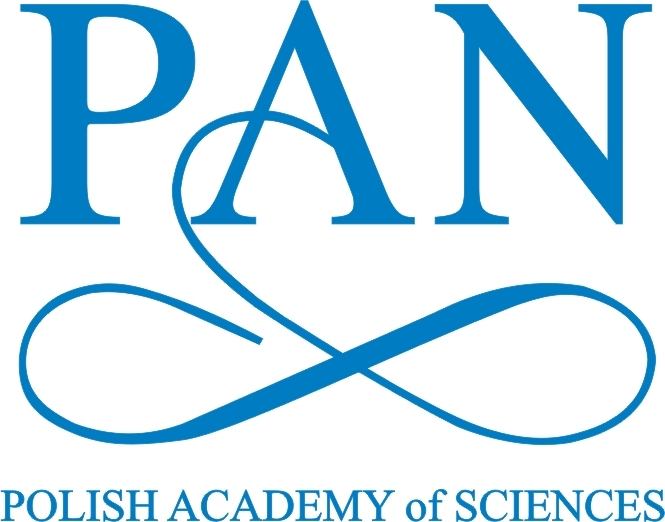|
|
|

Keynote Speakers
Professor Zbigniew Nahorski, Microgrids / energy / agent technologies
Universal Petri and Sleptsov Nets

|
Dmitry Zaitsev |
Abstract
A universal Petri net (UPN) represents a processor in the Petri net paradigm of computing. A UPN executes (runs) a program specified by a Petri net (PN) which initial marking represents input data and final marking represents output data.
A crucial obstacle for application of Petri nets as a general-purpose language for concurrent programming consists in the fact they run exponentially slower comparing Turing machines. A class of place/transition nets with multiple firing of a transition at a step has been called Sleptsov nets. Sleptsov nets run fast compared to Petri nets that opens prospects for their practical application and composition of efficient universal Sleptsov nets (USNs).
A series of UPNs/USNs have been constructed in an explicit form via: a) direct specification of the state equation of an inhibitor PN; b) simulation of small universal Turing machines by a deterministic inhibitor PN; c) simulation of an elementary cellular automata Rule 110 by infinite (conventional) PNs; d) direct specification of Markov normal algorithm rules by an inhibitor PN; e) simulation of small universal Turing machines by a deterministic inhibitor Sleptsov net. An encoded PN/SN is loaded into dedicated places of a UPN/USN. Small universal Turing machines and universal cellular automata employ sophisticated chains of encodings (simulations). Obtained small universal nets contain less than half a hundred nodes.
When constructing universal nets, a library of subnets has been completed for computing basic arithmetic, logic, and copying operations. A technique for specification of a given algorithm by a PN (SN) program has been developed to combine data with control flows, implement basic operators of branching, loop, parallel execution, and subroutine (subnet) call-return. To combine data with control flows, special dashed and dotted arcs have been introduced as abbreviations for composition of copying subnets.
An advantage of the approach is its conceptual unity. Only PNs/SNs are applied for programming and running programs. High-level nets, using modular principle of composition (subnets), are compiled into a plain low-level inhibitor/priority net which is considered as an analog to assembler language. Then a UPN/USN runs the obtained net.
Examples of RSA encryption/decryption, solving Laplace equation, computing a fuzzy logic function, and fast discrete-time linear control accomplish the presentation of universal nets and illustrate principles of programming in Petri/Sleptsov nets.
Curriculum Vitae
Dmitry A. Zaitsev was born in May 13, 1964, in Konstantinovka, Ukraine. He received the Eng. degree in applied mathematics from Donetsk Polytechnic Institute, Donetsk, Ukraine, in 1986, the Ph.D. degree in automated control from Kiev Institute of Cybernetics, Kiev, Ukraine, in 1991, and the Dr.Sc. degree in telecommunications from Odessa National Academy of Telecommunications, Odessa, Ukraine, in 2006. He was an Associate Professor and then a Professor with Donetsk Polytechnic Institute from 1992 to 1996, with Surgut State University, Surgut, Russia, from 1997 to 1998, and with Odessa National Academy of Telecommunications from 2003 to 2009. From 1999 to 2003, he was a leading Engineer with the Computer Center of Odessa Railway.
In March 2005, he was a Visiting Professor with Paris-Dauphine University, Paris, France. From 2007 to 2008, he was a co-director in a project on verification of networking protocols supported by NATO. Since 2009, he has been with the International Humanitarian University, Odessa, where he is currently a Professor of computer engineering. In 2011-2012, he has been a co-director in the China-Ukraine research project on production control supported by governments of both countries.
In 2013-2015, he has been a co-director in the Austria-Ukraine research project on modeling grid structures supported by OeAD. Since 2014, he has been with the Vistula University, Warsaw, where he is currently a Professor of computer engineering. In July-August 2015, he was a visiting professor to Technical University of Dortmund supported by DAAD fellowship. He published a monograph, two book chapters and more than hundred papers. His major field of study is Petri net theory and its application in networking, production control, and computing. He developed universal Petri nets, the analysis of infinite Petri nets with regular structure, the decomposition of Petri nets in clans, and the method of synthesis of fuzzy logic function given by tables. Prof. Zaitsev is a senior member of the Association for Computing Machinery. For more details please see http://member.acm.org/~daze
You can download his full cv here in pdf format 













